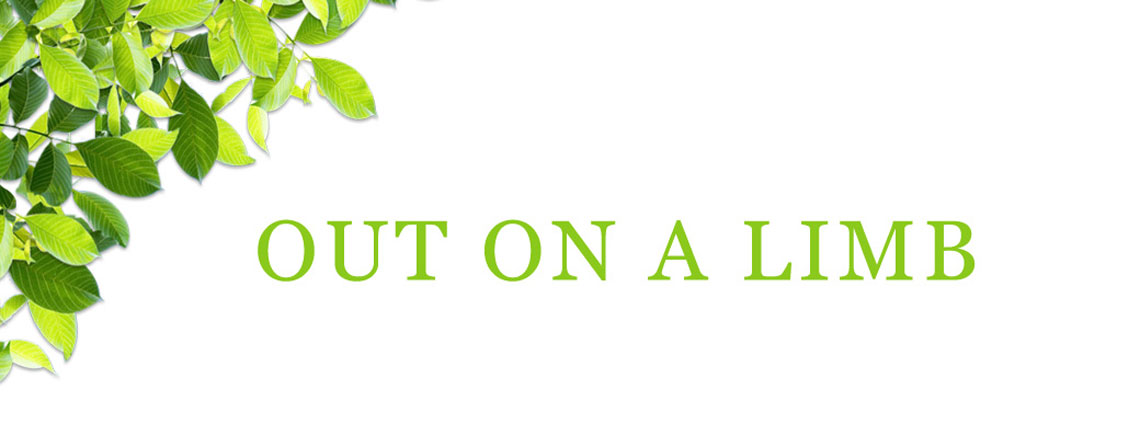Fashion: “for the people, by the people”
I went to sunrise service on Easter morning. It was cold and clear, and some early birds were just beginning their morning songs. Quite a lovely gathering with 25 or 30 parishioners gathered to hear words of hope.
As I looked around the semi-circle of worshipers, I was struck by the casualness of our garb. Admittedly it was sunrise in a cemetery but there we were in winter jackets or heavy sweaters, jeans or tights, sneakers or hiking boots on our feet.
My thoughts drifted back to the Easters of my youth when my mother would scrub us squeaky clean and dress my sister and me in the new outfits that my grandmother made for us. Our feet were shod in shiny patent leather Mary Janes and our heads were clamped fiercely with flower-bedecked headbands that always gave me a headache. With my brothers wearing jackets, ties and creased slacks, we were sent forth to do our parents credit by not squirming and fidgeting through a service we barely understood.
Getting dressed up for church, funerals, parties, even for the movies was the custom in those days. Women did not go downtown wearing slacks and men regularly wore button-down shirts, ties and suits as social and business attire. School codes required dresses for girls and shirts and slacks for boys. There was nary a t-shirt or ripped pair of jeans to be seen and we would have been sent home to change if we had appeared in them.
Now, I was a tomboy and I chafed at having to wear dresses. My grandmother’s fine sewing skills in making me beautiful dresses were unappreciated. Then, miracles of miracles, the ‘60s dawned and young people of my generation threw over the Dick and Jane sensibilities of the 1950s. Bell bottoms, bare feet and flowers in our hair! I was in heaven!
I was also starting my long career as a regional journalist, working in a hometown office where the dress code was decidedly unpretentious. My first publisher, old-school Washington Post editor that he was, always showed up in jacket and tie, but he put few constraints on his young reporters. Neat, clean, productive and willing to work for pennies—those were his criteria!
But the world around us was still quite formal. Thus, I have been a little surprised in recent decades to see a steady relaxation of sartorial norms, especially in the realm of big business and broadcast journalism. In 1962, a visibly distraught Walter Cronkite announced President Kennedy’s assassination from his desk, sans jacket—shocking informality but somehow underscoring the urgency of the moment. Nevertheless, his shirt collar was buttoned down and his tie tightly knotted. Today, broadcast journalists appear in tee shirts and jackets with sneakers on their feet (albeit very expensive ones).
That more relaxed style of workwear had already begun before the pandemic isolated workers at home in their sweatpants but it was accelerated by those years of working remotely. Millennials and Gen-Z, more focused on work-life balance and less likely to put in long hours at the office, are credited with infiltrating the ranks of convention, eschewing the tie and throwing away high heels for office attire—when they deign to work in an office at all.
With employers struggling to find workers, they became more accommodating to their employees. The option of wearing “business casual” became an enticement offered to new hires. Perhaps it is indicative of this trend that BerkChique!, an annual resale of upscale clothing for charitable purposes, is this year featuring some 75 suits that originally cost around $1,000 each, all on the rack for $75 a piece. Will they find takers in our new, less formal world?
According to studies, 61 percent of employees are more productive when the dress code is relaxed, and 80 percent of people whose work environments have dress codes said they don’t find them useful. Gallup polls back up these findings, showing that only 3 percent of office workers report wearing “business professional” clothing—suits, ties, dresses and heels.
So, what does this mean for society? Clothing has always been used to demark status and occasion. In Colonial America the sumptuary laws kept everyone in his or her place. In the Massachusetts Bay Colony, a 1634 prohibition deemed that only people with a personal fortune of at least £200 could wear lace, silver or gold thread, buttons, ruffles, capes, hatbands, belts and other articles.
When my parents stuffed my sister and me in those hated Easter outfits, we knew that the day was significant (if uncomfortable). When we went to school, we observed a dress code because the place required respect. When we wore dresses to go downtown, we were telling the world we conformed to societal norms that were comfortable for the majority. And when my publisher wore his jacket and tie, there was no question that he had authority over those of us in jeans and sandals.
But did those expectations help or harm? According to Stanford legal scholar Richard Thompson Ford, writing in his book Dress Code: How the Laws of Fashion Made History, fashion has played a subtle role in expressing new ideals of individual liberty, rationality and equality. He cites the “Sunday best” suits worn by Blacks during the Civil Rights movement which symbolically declared the equality of the protesting Blacks to their white oppressors.
And he expects more sartorial protests in the future, saying he is fairly confident that changes evolving around new gender identifications will upset centuries-old conventions about men’s and women’s clothing. Cultural change occurs most quickly when it is led by the people, for the people but when it comes to fashion, we can rest that assured that E pluribus unum will not prevail.

